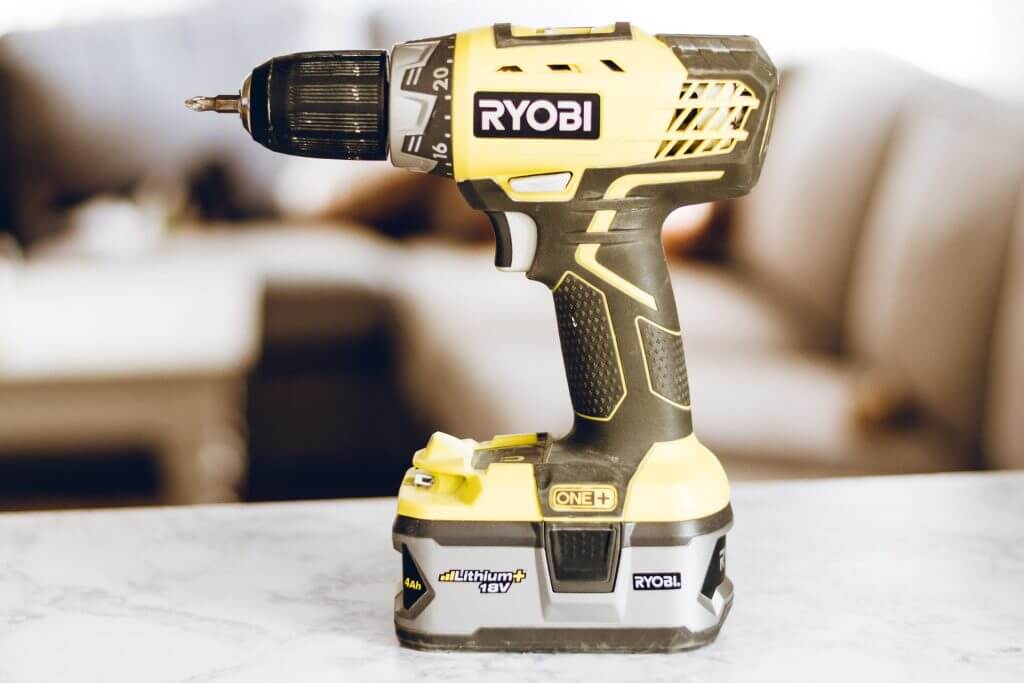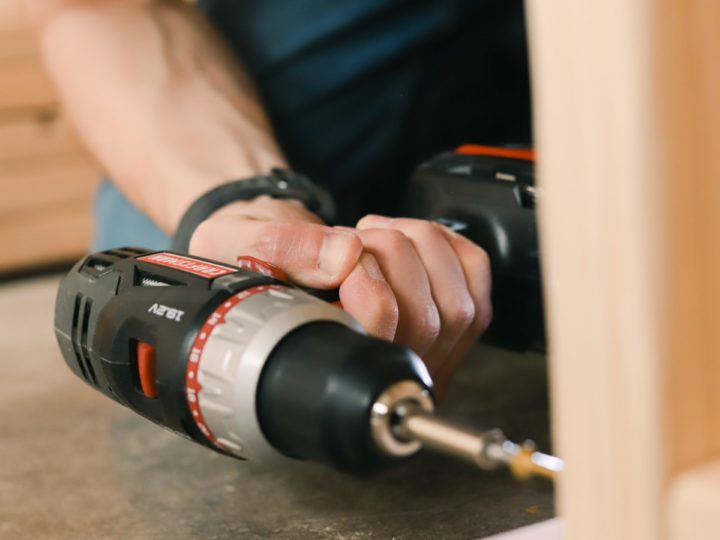A few years ago, I noticed the word ‘Brushless’ showing up more and more often in the tool aisle. But I’ll be honest, when I heard about brushless tools the first time, I wasn’t sure what made them different or better. What does brushless mean, after all? Here’s what I learned:
Brushless tools use an electronic circuit board, magnets located along the motor shaft, and copper strands wound together that surround the shaft to create motion. The electronics communicate with the copper windings to determine the amount of power that should be delivered, all without any physical contact.
But what does that actually mean? Let’s take a closer look – below I’ll be covering how to understand the difference between brushed and brushless motors, the difference in the way energy is moved throughout each, why they’re more energy-efficient, why they’re smaller, lighter, and generally last longer, as well as some drawbacks of using brushless motors and tools.
What Does Brushless Mean: Brushless Motors vs Brushed Motors
Both brushless and brushed tools use magnets and power to create motion – but there are a few differences. These two videos explain the concepts pretty well, but they’re SUPER technical and honestly aimed more at engineers rather than DIYers. I’ve laid the similarities and differences out below in laymen’s terms.
Unsurprisingly, brushless motors don’t have the same metal brushes that brushed motors have. In other words, brushed motors have physical contact points and brushless motors don’t. Otherwise, they’re pretty similar. Both brushed and brushless motors have:
- Stationary, permanent magnets (made out of magnetic material like strontium carbonate and iron oxide)
- Electromagnets (coils of wire that act like a magnet when electric current passes through it)
- Stators (the part of a motor that stays still)
- Rotors (the part of a motor that rotates)
What Do The Brushes in Brushed Tools Do?
Nobody really calls non-brushless motors brushed motors, but for the sake of this discussion, that’s what I’m going to refer to them as.
PS: Although I’m SUPER passionate about tools and have done tons of research for this article, my degree is in music education, so take all of this with a grain of salt!
The brushes inside brushed tools conduct electricity to each segment of the motor as they rotate, which keeps the motion of the tool smooth and allows it to keep rotating. They provide a physical contact point so electrical current can travel between the non-moving part of the motor (the stator) and the rotating part of the motor (the rotor).
Because they’re a physical contact point, they also create heat, friction, and sometimes sparks. If you’ve ever run your brushed drill for too long and smelled heat, the brushes (and the friction they cause) are likely why.
How Do Brushless Tools Work?
Brushless tools use electronics to determine when the tool needs to activate different electromagnets in order to keep the tool moving. The electronics replace the brushes, but both do essentially the same job.
Brushless Motor Specifics
- Brushless motors have copper coils arranged around the motor, which become electromagnets when DC power is applied from the tool’s battery.
- The copper coils do not touch anything else, and therefore do not create friction.
- Brushless motors also contain an electronic module that continuously regulates the current for maximum efficiency, performance, and value.
Brushed Motor Specifics
- Brushed motors have copper brushes arranged around the motor, which help regulate the motion.
- The brushes DO touch other parts of the motor, which creates friction and heat.

Is Brushless Really Better?
TLDR: In just about every aspect, brushless tools ARE better than brushed ones. And while I’ll probably upgrade someday, for now, I’ll be sticking with regular ol’ brushed tools. Below is why:
PS: If you’re looking to pick up some tools for a friend or family member, consider taking a look at this post: DIYer Gift Guide | 39 Great Gift Ideas for All Skill Levels – it’s full of great recommendations!
Why Brushless Motors Are Considered Better (But Also More Expensive)
Brushed tools have friction, and friction means the motor will eventually wear out. Friction also means resistance, which means brushed tools require more power than their brushless counterparts.
In other words, without brushes rubbing against everything, there is no energy loss due to friction. This means that you can see up to a 50% increase in battery life, a significant increase in performance, and increased power due to lessened mechanical limitations.
Brushless tools perform better, use less power, last longer, and operate cooler.
Is Brushless Worth The Extra Money?
Brushless tools are more expensive than their traditional brushed counterparts.
And if you are using your tools every single day for many hours a day, investing in brushless tools is absolutely worth the extra money.
But if you’re like me (and most other readers of this website), you’re a DIYer who only occasionally uses their tools – and for that use case, I don’t think it makes sense…yet.
It’s likely that brushless tools will come down in cost as further engineering refinements are made and manufacturing increases, but until they rival brushed tools of the same price, I’ll be skipping them. The only exception I might make is for my drill – which is my most used power tool by a long shot.
Does Brushless Mean More Power?
Brushless motors are more energy efficient.
Because brushless motors aren’t working against friction, they are more energy-efficient. In other words, for the same amount of turn, a brushless motor doesn’t have to expend as much energy as a brushed motor.
A tool with a brushless motor adjusts its speed, torque, and power supply to match the resistance of the task or material you’re working with, but a brushed motor uses the same amount of power no matter what it’s up against.
This means that with brushless tools, your batteries will last longer, your tool will run cooler, and you’ll find your tools get up to speed faster.
Brushless motors are easier to maintain.
A brushed motor requires new brushes after every 50-60 hours of use (though I’ve certainly never done any maintenance on my tools because I don’t think I’ve come anywhere near that amount of use).
Brushless motors have no parts that need to be replaced, which means if you ARE using your tools for more than 50-60 hrs, you’ll be saving some time and expense in maintenance.
Brushless motors tend to be smaller and lighter.
Depending on the tool, brushless tools might allow you to get into tighter spaces with the same or more power – that being said a drill is pretty much always the same size, so your mileage may vary. I wouldn’t buy a brushless tool just because it’s smaller.
Brushless motors last longer.
No friction means less heat, and a brushless motor can run up to 50% cooler than a brushed motor. Within a brushless motor, any heat that does develop dissipates faster because the winding mechanism that creates heat is on the casing rather than in the interior of the tool.
Because of this, brushless tools don’t need air vents for cooling, meaning they are better protected from dirt and debris.
Drawbacks Of Brushless Motors
Tools with brushless motors generally cost more than tools with brushed motors.
While you pay more upfront, you won’t have to pay for replacement parts and you will have a tool that lasts longer overall. Cost will likely come down in the next few years, so you’ll have to weigh the pros and cons until the two are more competitive in price.
Would you buy brushless tools? Have you? Have you noticed a huge difference? I’d love to hear from you – send me a DM on Instagram or leave a comment below!


Linda
Friday 15th of September 2023
very helpfull article. Thanks!